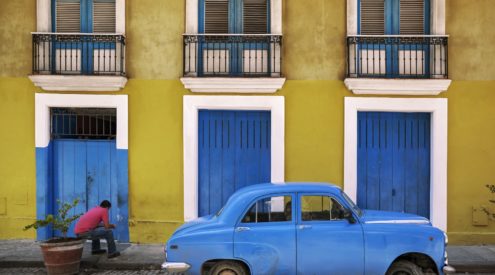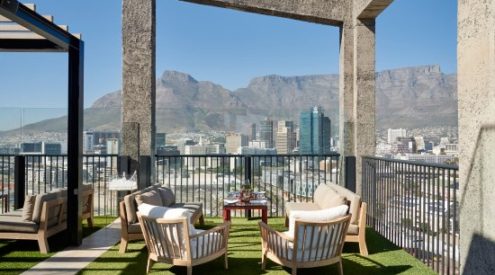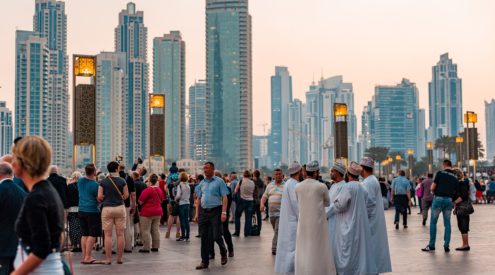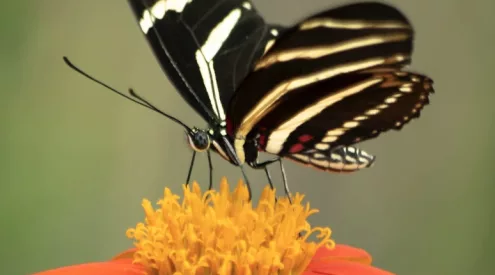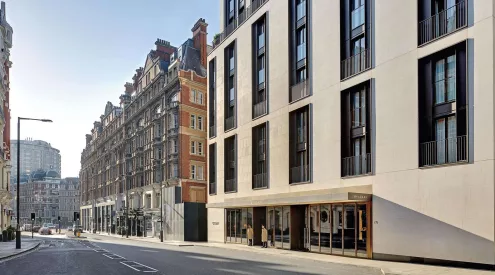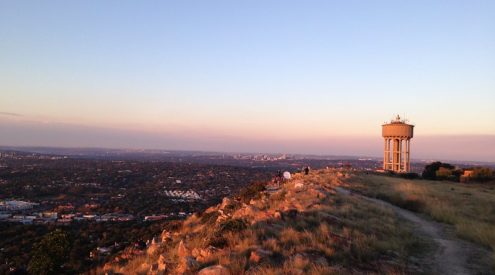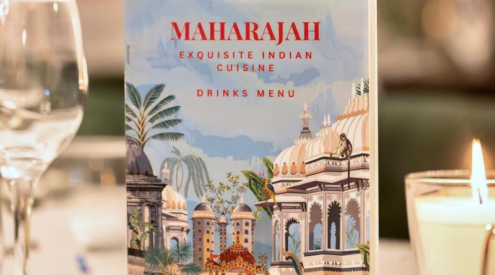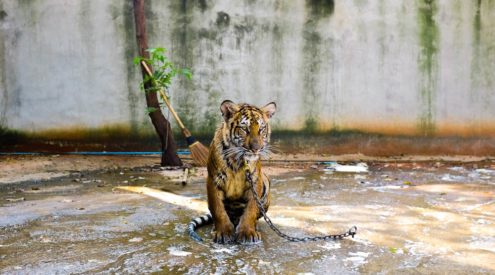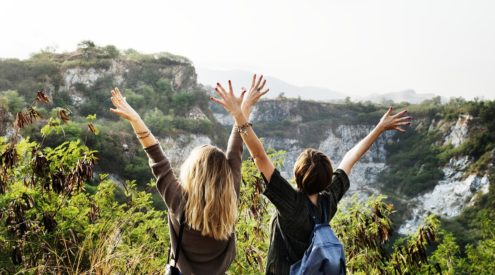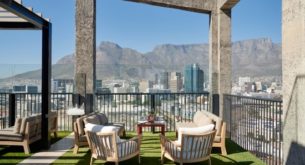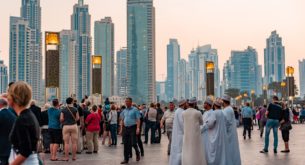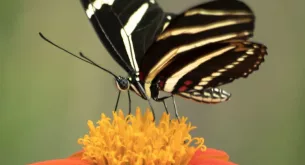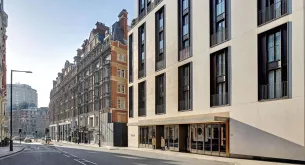I closed my eyes for a moment and I could clearly hear them. When I opened my eyes they were all around me still. They were the stories of the people who had lived in Hostel 33 in the heart of Lwandle.
If you have ever driven into or out of Cape Town on the N2, at the base of Sir Lowry’s Pass, outside Somerset West you will have passed the township of Lwandle on the seaward side of the National road. Next time you do, put your indicator on.
Next time you are visiting Cape Town, schedule this on your trip. And take your whole family.
And if you live in Cape Town, the next time you are planning to go on a wine route, or heading up the N2 on a long week-end, then do yourself a favour and start off your day by spending an hour or two at the Lwandle Migrant Worker Museum. You can take your children with you; they will really enjoy it as well.
It was to be one of the most fulfilling and meaningful visits that I have made.
Loosely translated Lwandle means “the beach”. This was meaningful for two reasons. Firstly, it showed the spirit of the first men who lived there when it was designated as a men’s migrant labour hostel in the 1958. No matter that it was arid and sandy, they gave it a positive name that softened it and made it a more positive place to exist. The second reason that the name is meaningful is the irony that it was indeed close to Gordon’s Bay beach, but to the inhabitants of Lwandle, these beaches were out of bounds.
The Lwandle Migrant Labour Museum is a memorial to the lives and the history of people who were migrant labourers and who were forced by law to live in single sex hostels and it is also a poignant reminder of how peoples’ lives were controlled by the infamous pass book.
Hostel 33. It should be a depressing reminder, a shameful scar a blight on our city. And yet it isn’t.
When I finished the tour, I was not filled with negatives. I did not feel judged or guilty. Instead I was filled with a sense of common humanity and shared history. I was greeted with warmth, treated with respect and humour, and left with a sense of togetherness and with a bright and simple hope that the men and women on the streets in Lwandle long for all the same things that I long for.
I drove out of Lwandle feeling happier than when I had arrived. I was filled with a strong sense of hope in our shared future. You will too. You will leave Lwandle happier and more positive than when you arrived.
I was spending a day with Dreamcatchers Tours, a Fair Trade in Tourism accredited organization, doing an alternative wine route, that as well as visiting some wine farms also included a visit to Lwandle and ended up with a big cooked African lunch after a walking tour of Khayamandi Township.
The museum was officially opened in May 2000 and some of the residents in the area felt that at least one of the hostels should be preserved as memory of the people who lived there. It is only a few hundred meters off the main entrance from the N2 and has ample off street parking. The main museum is housed what used to be a community centre and church hall. The museum has some award winning displays that will leave you with a strong impression of the life of a migrant labourer. It also very strongly tells the personal stories of some of the original community members and what they do now.
We were met and shown around the museum by Lunga Smile. An articulate and compassionate young man who has been with the museum since its inception and who knows first-hand the history and lives of the community members who lived in Hostel 33.
After spending some time in the museum seeing photographs and displays of life in the hostels, we then walked past the Hector Petersen Memorial Library and a few minutes later stood outside the hostel itself.
Visiting the hostel was made that much more meaningful having minutes earlier been absorbed and moved by looking at photographs of the people who lived there. The Museum team has worked very closely with the original inhabitants of the Hostel to make it historically accurate to what it would have been like thirty to fifty years ago. Having Lunga with us to explain and give details about the people who actually slept in the beds we were looking at made the whole experience that much more powerful. It was the little things: the stopped alarm clock; the shirt hanging on the wall; the jazz record cover; the aged wedding photo on the wall; the bricks under the bed.
All these things personalised and put a face to what up until then had always been a phrase, a term, a shame. Migrant labour. Visiting Hostel 33 made a part of our history very real and very personal. And afterwards, out in the sunshine and seeing the smiling faces of the community and watching their busy bustle, it seemed fitting to end the tour with a short guided walk through the present. Where the engaging and friendly community were like a warm sun.
Just before getting back in my car, we bumped into three young boys, all my own kids’ age, and interacting with them and feeling their energy left me knowing that things are going to be okay. The children were a fitting end to a moving morning, and I glanced up at the museum sign as I drove away, and its last line that read “The Centre of Memory and Hope”
For more information of Dreamcatchers Alternative Winelands Tour visit www.traveldreamcatcher.com.
For more information on these or other Fair Trade Tourism adventures, visit the FTTSA website, or join FTTSA on Facebook.

